Aluminum is a must-have kitchen essential. Any home cook will revel in the convenience of putting a layer of aluminum foil down on a baking sheet before putting it in the oven and then discarding it when the meal is done. It makes cleanup so easy and saves so much time!
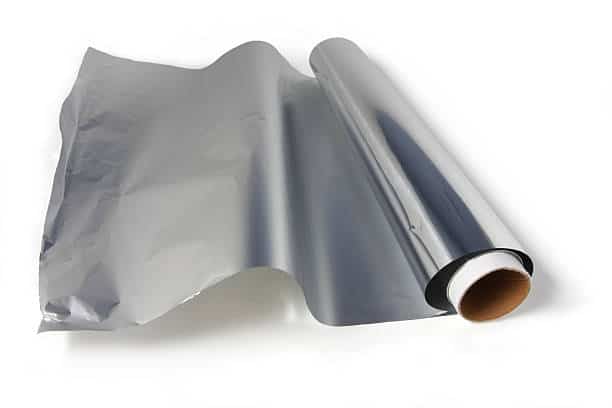
However, there are a few things you should know about how to use aluminum foil correctly. Read on for the best tips and tricks for using aluminum foil when cooking, and the answer to the question “Can You Put Foil in the Oven?”
What is Aluminum Foil Made Of?
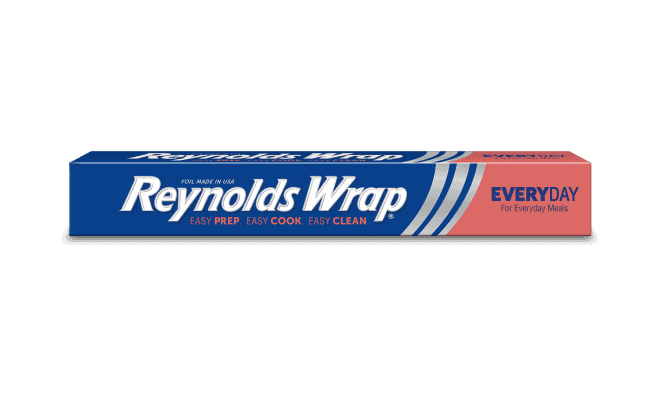
- Aluminum foil is made up of mostly aluminum with some iron and silicon added to make it more durable. It’s not to be confused with tin foil which was popular before the 20th century for packaging products but is made from tin rather than aluminum.
- Aluminum can be found naturally in food, the air, water and medications. It’s not a nutrient, but it is safe to consume in small doses and is sometimes added to foods and medications as a preservative or coloring agent.
- Cooking with aluminum foil may cause more aluminum to pass on to your food. The temperature you cook at, the acidity of the foods you’re cooking and certain ingredients like salts and spices may increase the amount of aluminum that passes on to your food.
- Your body generally only absorbs a small amount of the aluminum you consume.
- The long-term effects of consuming aluminum are unknown but it does appear to be safe, even when used for cooking.
- Aluminum foil can withstand temperatures up to 1200 degrees Fahrenheit and the typical household oven only reaches somewhere between 500 and 600 degrees. Aluminum foil will not catch on fire inside the oven and is safe for cooking even at high temperatures.
Proper Use of Aluminum Foil in the Oven
Cover Your Food
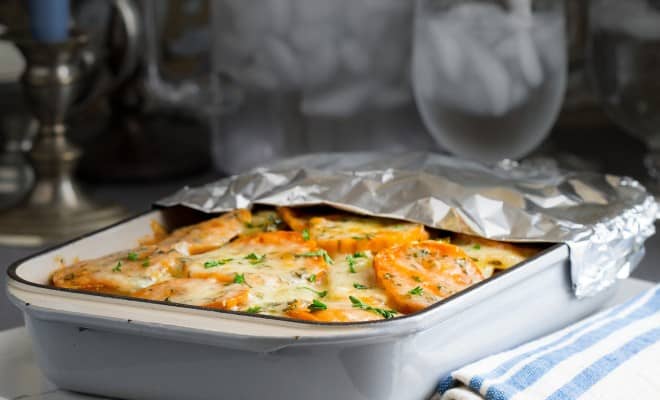
One of the most common ways aluminum foil can be used in cooking is to completely cover your food, like in the case of baked potatoes and meats. Wrapping the food in the foil will help lock in moisture and lock in any marinade you use as well.
Be sure to wrap your meat or vegetables with the dull side of the foil touching the food.
If you decide to wrap your food in foil I would still recommend placing it in a dish before putting it in the oven. Aluminum foil tears easily and if you’re not careful you could end up with a messy spill inside your oven.
Cover Baking Dish or Pan
Aluminum can also be used as a loose lid over your baking dish or pan. This is a great way to help keep in moisture, but also protect the top of your recipe from burning while the rest of the dish is still cooking. This is a great option for dishes with cheese on top, which, without a cover, may burn before the middle of the dish is fully cooked.
Covering a dish tightly with foil can allow your dish to steam while it cooks. This is an important trick for some recipes.
Line your Baking Dish or Pan
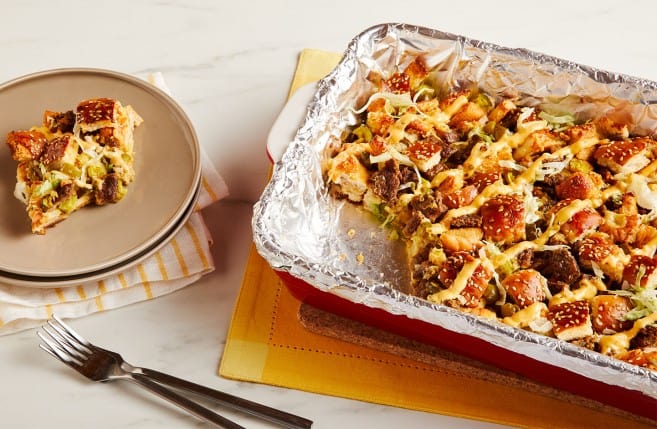
Aluminum is perfectly safe for lining a baking dish or cookie sheet, and it makes the cleanup afterwards so much easier! It is especially helpful to use aluminum foil for baked goods like brownies (or these matcha brownies!) because you can easily remove it from the pan after cooking.
Use as A Makeshift Baking Sheet
In a pinch you can place a sheet of aluminum foil directly onto the rack of your oven and place meat or vegetables on top to cook. Be sure to turn up the edges of the foil to catch any juices. Again, it is important to be aware that aluminum foil can tear, and if you’re not careful you may end up with a mess inside your oven.
Aluminum is also used to make aluminum foil pans that you may see at the store and these are also safe for cooking in.
Incorrect Ways to Use Aluminum Foil
As a Drip Pan at the Bottom of Your Oven
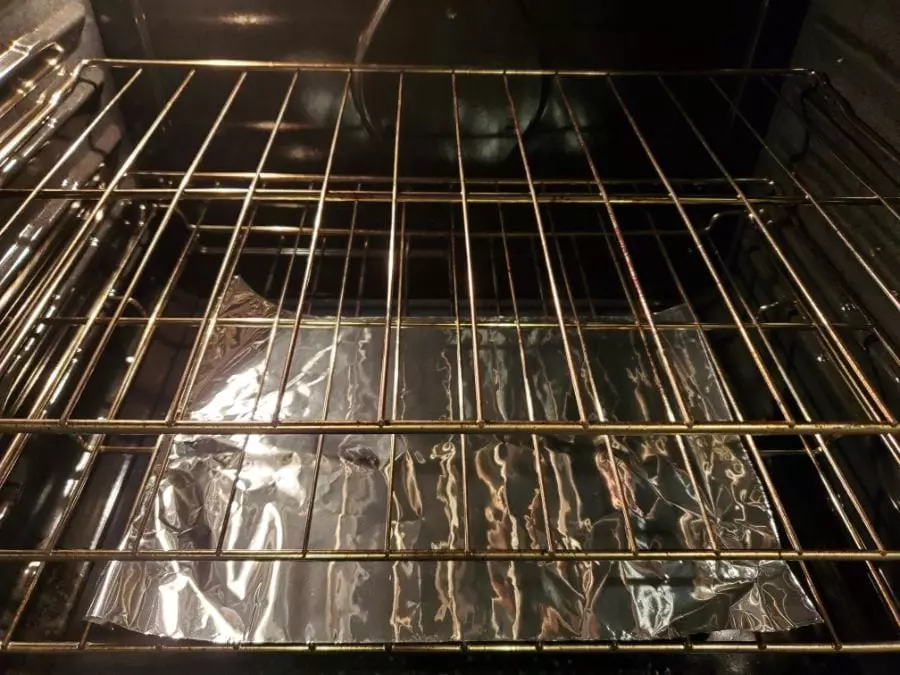
In the past it has been a common practice to line your oven surface with aluminum foil for easy cleanup. The foil is meant to catch any drips that may fall down. While this makes cleaning the oven bottom much easier, it can actually harm your oven.
While aluminum foil is heat resistant, it can still melt in high heat and get stuck to porcelain or enamel surfaces like the inside of your oven. This can cause damage that’s difficult, if not impossible, to undo.
It also reflects heat and can actually increase the heat in the oven, causing food to burn more quickly. This also makes the interior of your oven more susceptible to scratches and can damage the heating elements.
Aluminum foil at the bottom of your oven may also block vents that are important for air flow inside your oven. This causes uneven heating and uneven cooking. This too can damage the oven’s heating elements.
As a Cover Over Oven Racks
Some people like to place a piece of foil on the bottom oven rack to catch any drips from food cooking above. The idea is similar to placing foil directly at the bottom of the oven for convenience of cleaning up.
Unfortunately this too is a bad idea as the foil can disrupt the flow of heat in the oven and lead to less than desirable cooking results.
Covering Acidic Foods
Aluminum and acidic foods do not mix well. You should not use aluminum foil to cover anything too acidic like tomatoes, tomato sauce, oranges, cherries, lemons or vinegar. The acid in these foods causes a chemical reaction with the aluminum when heated and may leave a metallic taste in your dish.
In addition to a poor taste, the acid and aluminum may cause more aluminum to end up in your dish and as a result, in your body. As mentioned earlier, aluminum is already found in the body naturally, but large doses of aluminum can cause problems.
If you want to use foil as a cover while baking a dish with acidic ingredients, it’s a good idea to place a layer of parchment paper between your food and the foil to prevent the aluminum from reaching your food.
In general if you’re baking something that’s acidic like tomatoes or tomato sauce, it’s best to cook it in a glass or ceramic pan.
Knowing how and when to use aluminum foil is important so you can safely use this kitchen tool without worry. Read here to learn about Can You Microwave Aluminum Foil to avoid any problems with safety.
FAQs About Aluminum Foil
The manufacturing process of aluminum foil causes one side to be dull and one side to be shiny. This is because during manufacturing, a very thin layer of plastic is applied to the aluminum foil to prevent tearing and sticking.
While it doesn’t really matter which side you use (as either side will not change the cooking process), generally it’s best for the dull side to be the side touching your food. The coating on this side protects your food from aluminum transfer as well.
If you want to promote browning, like when roasting vegetables, try keeping the shiny side up.
If you are using non-stick aluminum foil, the dull side is the non-stick side.
The best alternative to use for aluminum foil depends on what you are using it for. If your goal is to keep your oven clean, try placing your baking dish inside a larger baking dish during cooking. The second dish will catch any drips from your recipe and your oven will have the air flow it needs to perform its best. You should never place anything on the bottom of your oven.
You could also place a silicone mat or baking tray on the lower rack of your oven, rather than a sheet of foil. Just make sure there are at least three inches of space between the mat and the walls of your oven to allow the heat to flow freely.
Silicone oven liners should be used with caution. Never place a silicone oven liner at the bottom of your oven. They should not be used in gas ovens.
If you are looking for an alternative to line your baking pan or cookie sheet for easier cleanup, parchment paper is a good solution. Parchment paper is safe up to 425 degrees and is non-stick and non-reflective. It does well in baking dishes as it won’t scratch the surface. Be careful not to use parchment paper when broiling or over any open flame.
The short answer to this question is yes, but there are some things to be aware of. Different models of air fryers may have different rules, so always be sure and check your owner’s manual before using aluminum foil in your air fryer.
If you do want to use foil in your air fryer, be careful not to cover the holes in the basket and the bottom of the fryer that allow air to circulate and cook the food. Blocking these holes could damage your machine and will also negatively impact the cooking process.
If you are wrapping up food and saving it for later, yes, aluminum foil is safe to go in the freezer. Just be aware that aluminum foil is susceptible to tears so it may not do well for long-term freezer burn protection.
As aluminum is found naturally in our bodies, yes, it is safe to eat and will not cause any health problems. Some studies have raised red flags and safety concerns about the amount of aluminum transferred to the food that it is cooked in.
One study found that cooking foods in aluminum foil could increase the aluminum content by 89-378%. Still, there is no long term evidence that this is unsafe according to healthline.com.



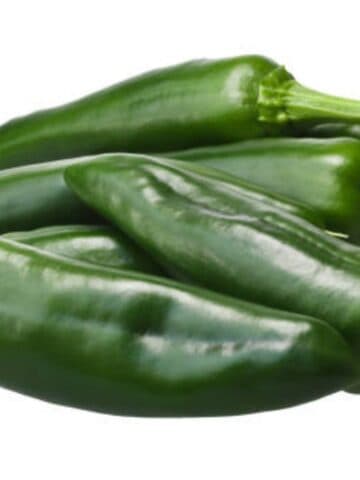
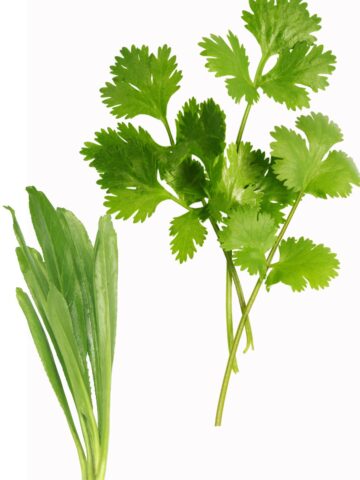
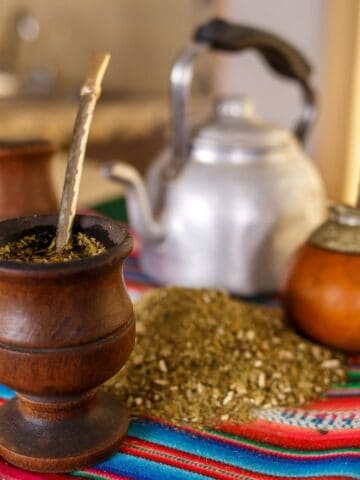
Sandra pigott says
Thanks for all your support
Sandra pigott says
Thanks for all your help